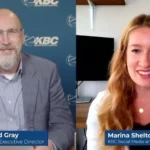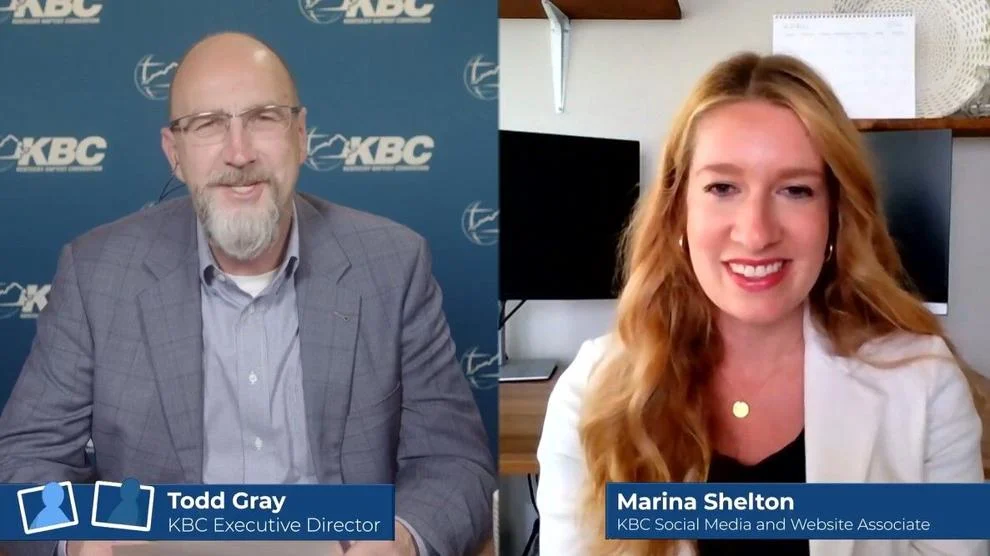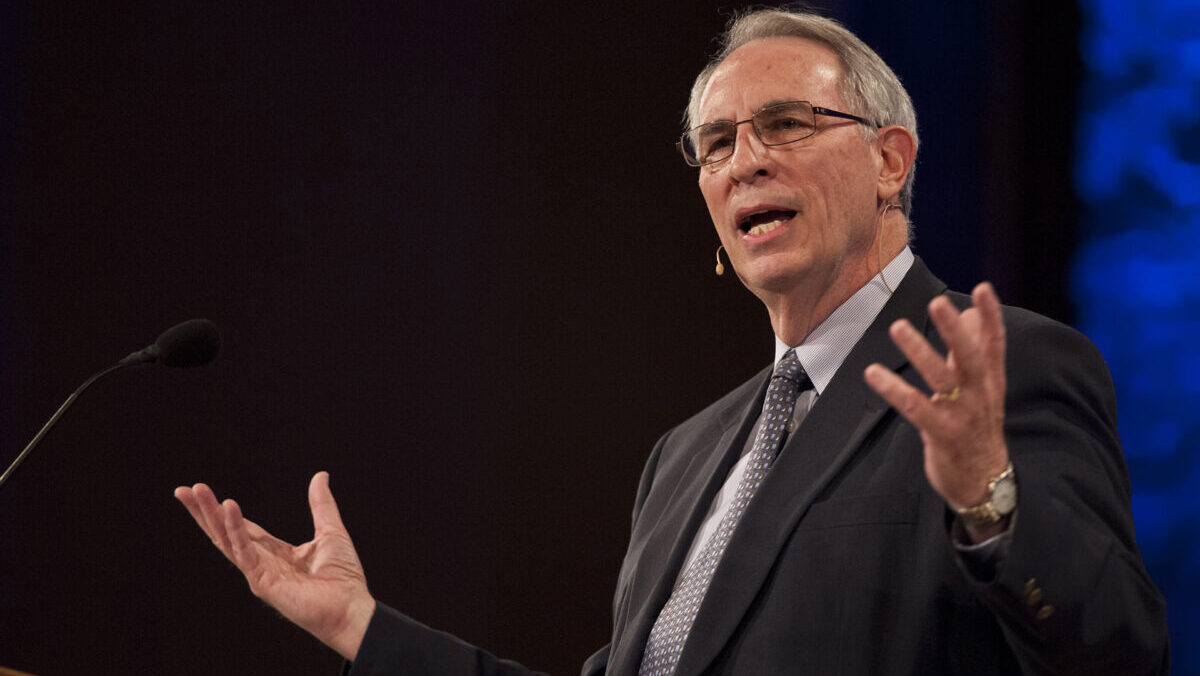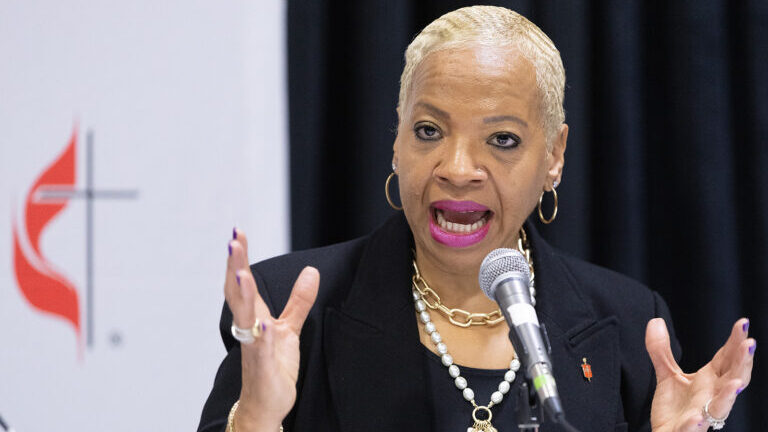Believe!
John 20:1–17
The resurrection of Jesus is not only the most unique teaching of the Christian faith in terms of comparison with other world religions, but it is also the crucial affirmation of the Christian faith. Without the resurrection of Jesus, He died as a mere religious leader.
A removed stone (1–2)
Despite Jesus’ predictions of His resurrection, the disciples and other followers of Jesus were not able to grasp the significance of His prophesied resurrection. For example, Mark 9:31 records the words of Jesus: “The Son of Man is going to be betrayed into the hands of men. They will kill Him, and after He is killed, He will rise three days later.”
Early in His ministry, Jesus spoke of His body and said to the Jewish leadership, “Destroy this temple, and I will raise it up in three days” (John 2:19). The male disciples should have realized that the grave could not hold Jesus. Only one female follower of Jesus — Mary Magdalene — discovered the empty tomb. She ran to Peter and the other disciple (likely the author of the fourth Gospel) and reported that the body of Jesus had been stolen.
An empty tomb (3–10)
Peter and John ran to the empty tomb. How are we to understand the mention of “the other disciple” outrunning Peter? Some have supposed from this that John was younger than Peter, but the biblical text does not explain the significance of the race of the disciples. The “other disciple” came to the tomb first and observed the linen cloths lying there. He did not see the body of Jesus. He believed even though he had not yet seen the risen Jesus.
When Simon Peter arrived, he entered the tomb and saw the linen cloths. The Greek word translated “saw” is a strong word conveying the idea of seeing with focused attention rather than a mere glance.
For the others, belief came only after receiving an appearance of the risen Jesus.
The fact that the two male followers of Jesus “returned to the place where they were staying” seems anticlimactic. How could they have not shared the news of the empty tomb?
The living teacher (11–17)
Mary Magdalene did not enter the tomb. She stooped to examine the tomb and saw two angels on the burial slab of Jesus — one at the point where Jesus’ head had been and one at the point where Jesus’ feet were.
The angels asked Mary why she was weeping. Mary said she thought someone had stolen the body of Jesus. Grave robbing was not an uncommon occurrence in Palestine.
When she encountered a stranger, she thought he was the gardener. She did not know the individual was the risen Jesus until He spoke her name.
In my mind, Jesus spoke Mary’s name with tender love. She called Jesus “Rabboni.”
Jesus the Teacher had one last lesson for Mary — a lesson about His ascension. Earlier in John, Jesus was called “Rabbi” (John 1:38, 49). Mary’s comment is richer than the occurrences in the earlier chapters. She called Jesus not just a teacher (“Rabbi”) but “Rabboni,” meaning “my Rabbi.” May all of us view the risen Jesus as “my Rabbi.”
By Mark Rathel
Professor at the Baptist College of Florida in Graceville, Florida








